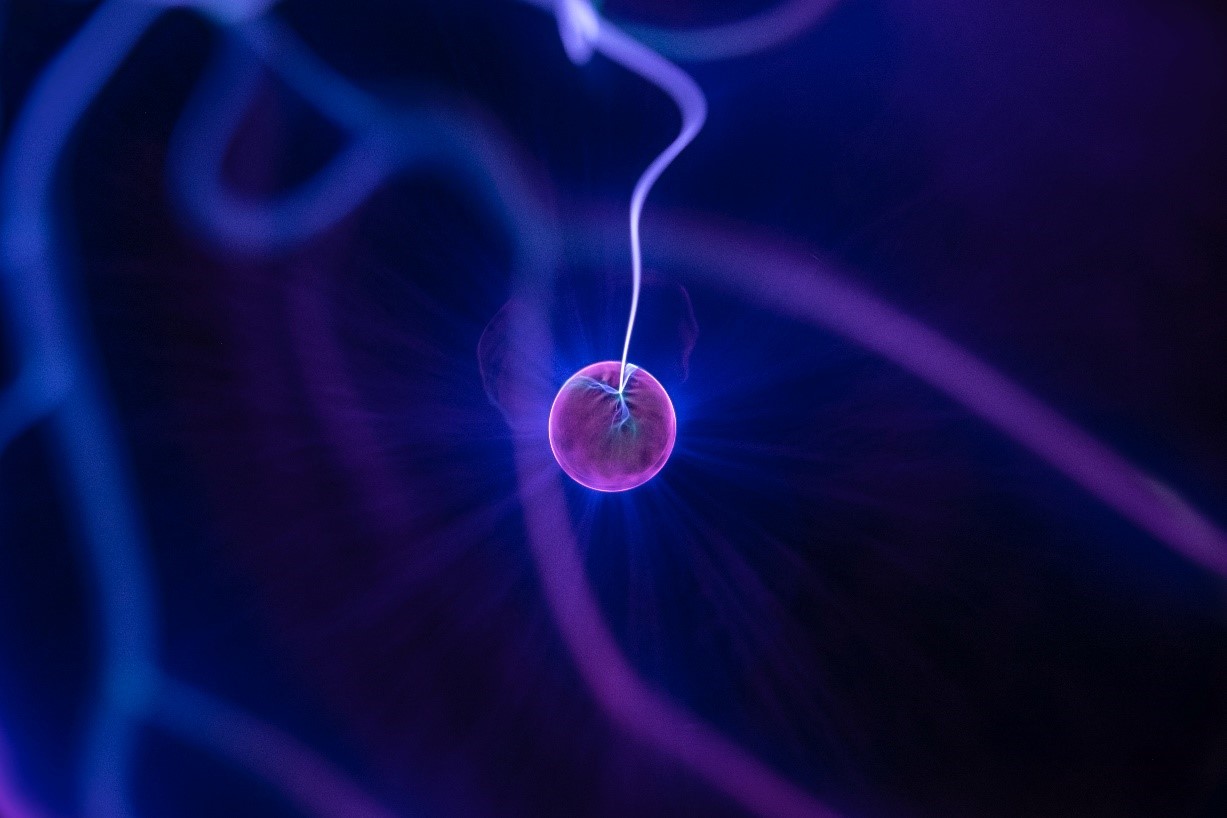Radio-Frequency Pulse Enables Association of Triatomic Molecules in Ultracold 23Na40K + 40K Gas
Three-body system is already formidable in classical physics, not to mention the quantum state three-body system. But what if scientists can synthesize triatomic molecules under quantum constraints? It could serve as an appropriate platform to study three-body potential energy surface which is important but difficult to calculate.
Recently, Prof. PAN Jianwei and Prof. ZHAO Bo from the University of Science and Technology of China (USTC), collaborating with Prof. BAI Chunli from Institute of Chemistry of the Chinese Academy of Sciences, found strong evidence for association of triatomic molecules after applying ratio-frequency (rf) pulse to an ultracold mixture of 23Na40K and 40K near Feshbach resonance. This work was published in nature.
Direct cooling of triatomic molecules is extremely difficult due to the complex vibrational and rotational energy levels of molecules. Thus, the team adopted a different approach by combining ultracold atom with diatomic molecules to yield ultracold triatomic molecules. However, due to the weak coupling strength, an atom–diatomic-molecule Feshbach resonance should be introduced in order to enhance molecular association, which is challenging owing to the complexity and intricacy of Feshbach resonance.
In this work, researchers tuned the Feshbach resonance by applying external rf fields and successfully coupled the triatomic bound state and atom-diatomic-molecule scattering state.
The association of triatomic molecules was evidenced by rf loss spectrum: the rf spectrum displayed additional loss with fewer 23Na40K molecules in the system, and the loss of 23Na40K indicated the formation of triatomic molecules. Although the triatomic molecules had a short lifetime, the association signal could still be obtained, as was one advantage of rf pulse.
By analyzing the rf spectrum, researchers estimated the binding energy of triatomic molecule by adopting a universal relation close to the resonance point. The result demonstrated a strong binding derived from the interaction between the scattering state and the bound state.
This work pioneered the association of triatomic molecules and paved way for ultracold chemical physics and quantum simulation with molecules.

Illustration of Cold Atom(Image by unsplash.com)
(Written by TONG Xinyang, edited by TONG Xinyang, USTC News Center)
Back
